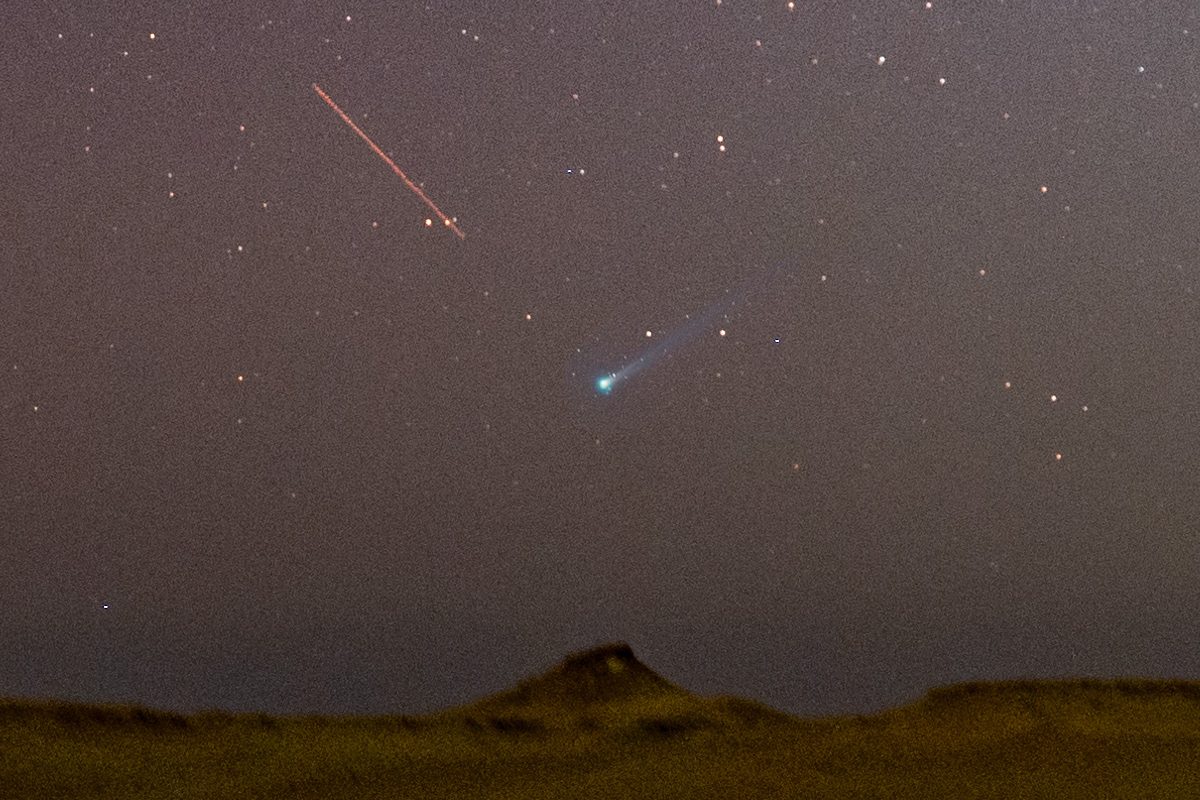Comet C/2025 A6 (Lemmon) has very quickly become one of the most talked-about stargazing highlights of 2025.
This week, it’s been at its best, leading many comet-chasers to remove themselves to dark-sky sites away from light pollution, in the…

Comet C/2025 A6 (Lemmon) has very quickly become one of the most talked-about stargazing highlights of 2025.
This week, it’s been at its best, leading many comet-chasers to remove themselves to dark-sky sites away from light pollution, in the…